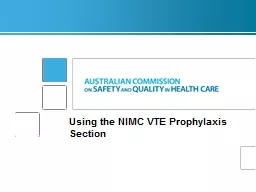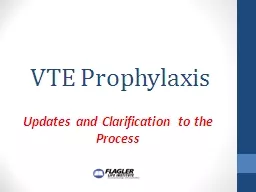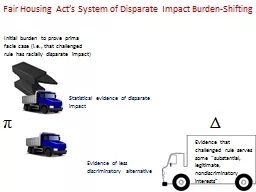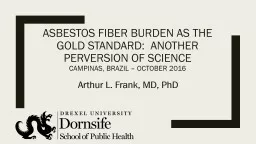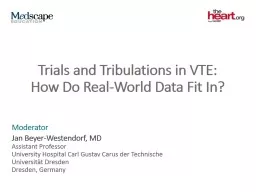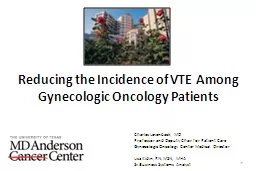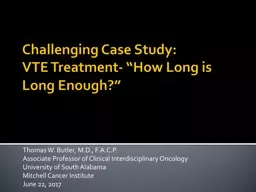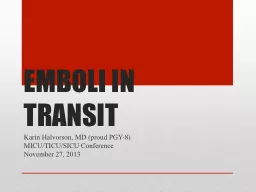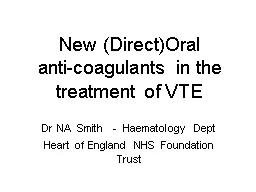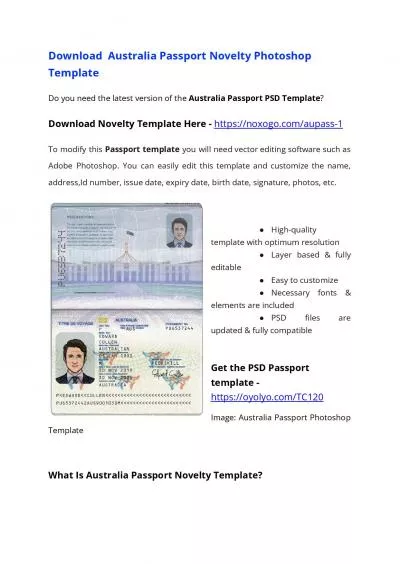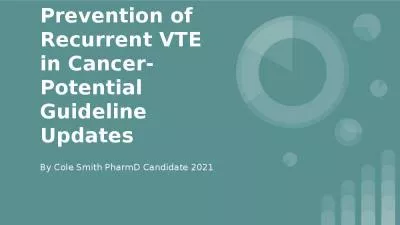PPT-Slide 2 of n Overview The burden of VTE in Australia
Author : tatyana-admore | Published Date : 2019-06-29
The NIMC VTE Pilot How to use the NIMC VTE prophylaxis section Frequently asked questions Extent of issue In 2008 VTE cases 14716 Deaths 5285 Working age 43 Total
Presentation Embed Code
Download Presentation
Download Presentation The PPT/PDF document "Slide 2 of n Overview The burden of V..." is the property of its rightful owner. Permission is granted to download and print the materials on this website for personal, non-commercial use only, and to display it on your personal computer provided you do not modify the materials and that you retain all copyright notices contained in the materials. By downloading content from our website, you accept the terms of this agreement.
Slide 2 of n Overview The burden of VTE in Australia: Transcript
Download Rules Of Document
"Slide 2 of n Overview The burden of VTE in Australia"The content belongs to its owner. You may download and print it for personal use, without modification, and keep all copyright notices. By downloading, you agree to these terms.
Related Documents

